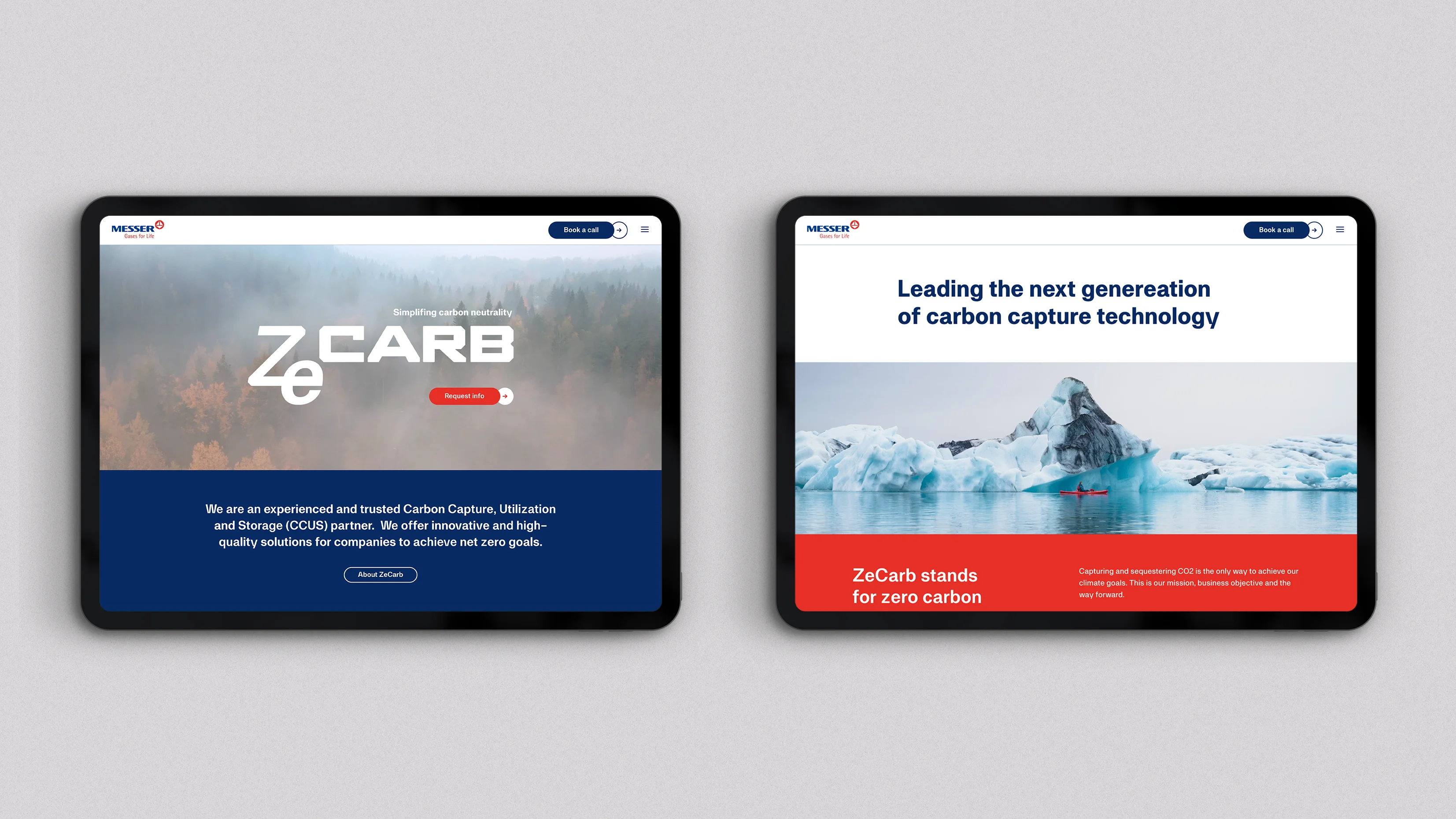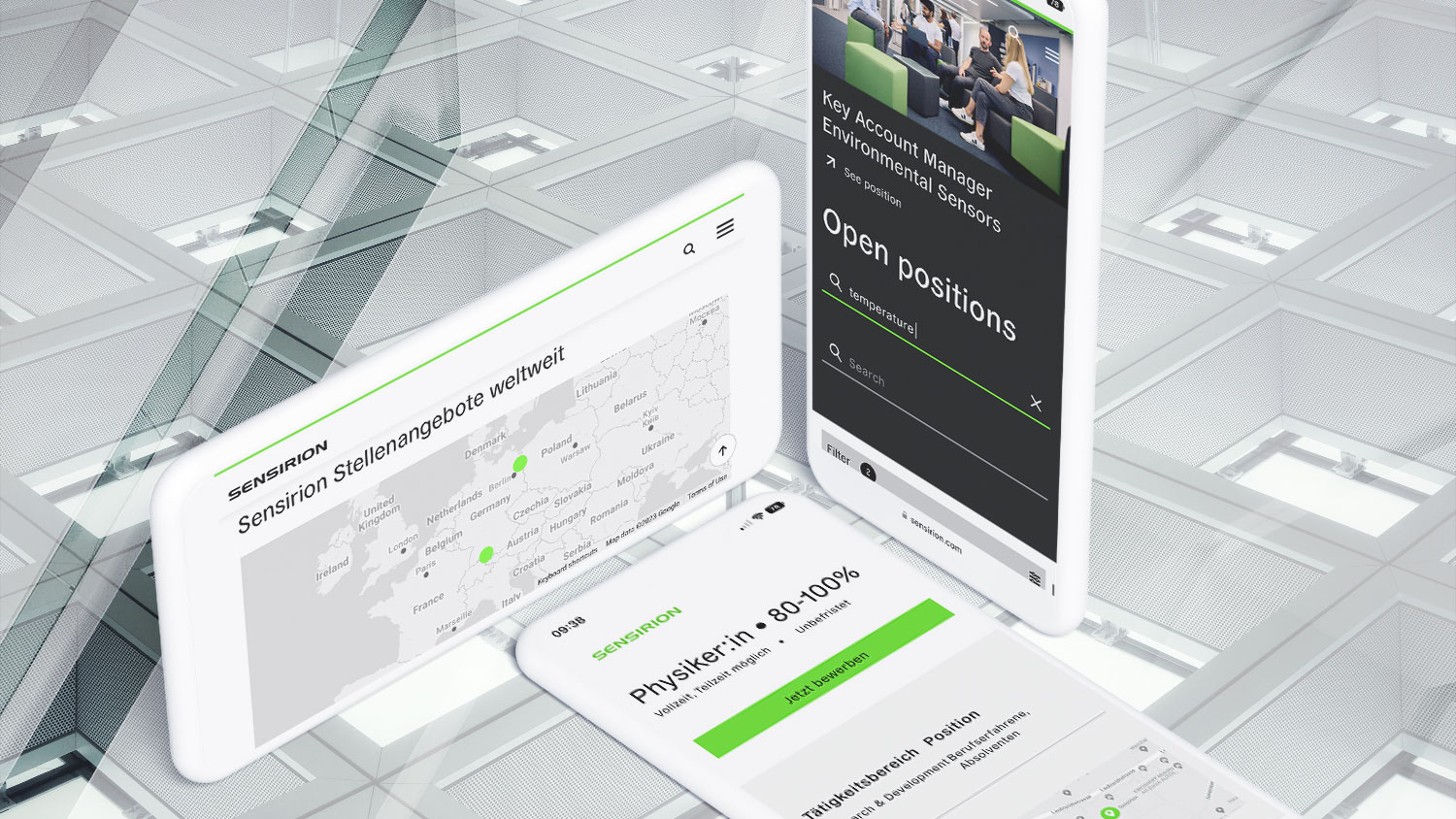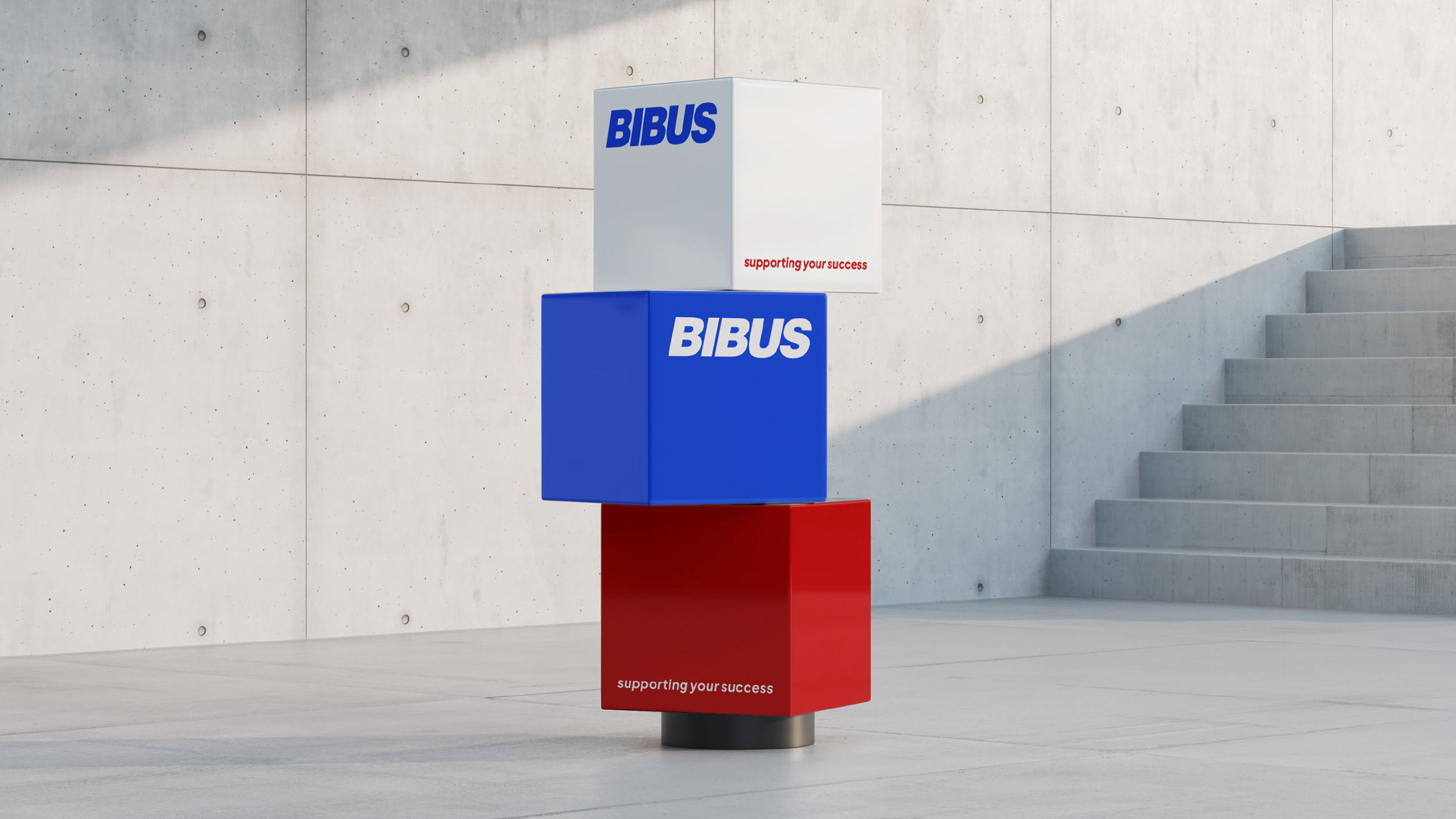More customer orientation
The right user journey for every persona
Hugo Vuyk | 7. November 2022 | 3 min reading time
Aspiring journalists have long been advised to have a person they know in mind when writing - today they design for #personas.
If you have a good colleague, a good friend or a family member in mind when writing a text, you will hear questions from that person like: What's the agenda of the politician speaking in your article? How can gaps in retirement savings occur in the first place? What does this mean for my situation now? These are questions that help the author improve his or her own article and adapt it as best as possible to the needs of the readership. But they are also questions that would most likely not have arisen during the writing process to such an extent had the target group of the publication been properly considered.
The decisive questions at the right moment
Just like the author at work, personas help in the development of a new website or an integrated communication concept, because we mostly conceive or design for an audience, and not for ourselves. How designers arrive at five to seven personas while enriching them with sufficient characteristics is described in many books and blogs - the most representative of which is an article by Himanshu Khanna. For the personas to be most effective, it is important that they accompany you at work, that their pictures hang on the wall or atleast are set as a monitor background image. This way, they watch us at work and ask the crucial questions at the right moment.
When it came to designing a new website for a museum, Yuki and Taro Shikibu from Nagoya had very different requirements than the retired couple Maria and Hans Weiss from Zurich, who have an annual membership to the museum and visit exhibitions several times a year with their grandchildren. The visitors from Japan want to see the highlights, need the relevant information, from directions to discounts all in English, and want to be able to read it comfortably on their smartphones. The art lovers from Zürichberg, on the other hand, are interested in member events and from time-to-time would like to enable their grandchildren to visit age-appropriate events in order to contribute to their cultural education.
The right user journey for each persona
With the help of the goals, habits and requirements of the various personas, the content of the website could be selected and structured in such a way that a wide variety of people could quickly navigate their way around. And finally, the user journeys designed for individual personas lead to the type of answers that potential visitors receive that could turn them into actual visitors to the museum.
Incidentally, the persona concept was invented neither by a journalist nor a marketing professional, but by the American software developer Alan Cooper, who in the 1980s was looking for a way to make his computer programs more user-friendly. In addition to the Design Sprint, this is another example of how methods from other disciplines can also be used in content marketing.






